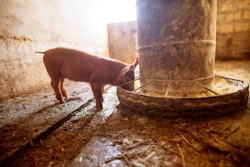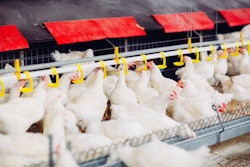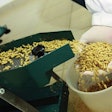
Producers hesitate to increase soybean meal to provide animals the feed they require to meet their modern genetic potential.
Advances in genetics continue apace. The same is true for nutrition. These two, however, seldom meet so that we have the best possible result. In my work, as consulting nutritionist in many countries around the world, I can attest to the desire of all producers I met to have the best possible genetics. What is best for them is vastly dictated by market preference. So, quite often, they have to improvise using their own genetics, but that is another story. To the contrary, there is a paucity of desire to change to modern nutrition. And this is quite understandable as well. Here is why.
Modern pig genetics are leaner than they used to be. Lean is cheap to produce as it requires four times less feed to produce one pound of lean compared to one pound of fat. But, the savings are reaped at the end, when the animal is harvested for meat production. Before that, it must consume feeds that cater to its need for high-lean growth. Now, lean is protein, and this means pigs must consume diets rich in protein and amino acids. However, comparing corn and soybean meal, we all know that the latter is more expensive than the former. Thus, producers hesitate to increase soybean meal (or add free amino acids) to provide their animals the feed they truly require in order to meet their modern genetic potential.
In the end, modern pigs receive a less expensive diet that does not allow them to grow at the rate they want and to deposit lean at the most productive phase (growing, between 50 and 150 pounds of body weight). Many producers tend to market pigs at a later age than they should, in order to meet minimum lean meat percentage, and this leads to overly fat pigs. Fat is not only expensive to the producer; it is also undesirable to the packer and consumer – especially fat that does not contribute to the marbling of meat (intramuscular fat). Thus, packers penalize fat carcasses, which only reduces producer income.
This huge problem cannot be resolved by feed additives. It is a problem pertaining to basic nutritional principles as it has to do with the most basic: the energy-to-protein (amino acid) ratios for each production phase. By moving this ratio up or down, one can correct any problems with carcass characteristics, but this requires a close relationship among the producer, the packer, and the attending nutritionist. Plus, an understanding of basic animal growth biology – basically, the fact that it is more profitable to put lean on at an earlier age instead of waiting during times animals are supposed to deposit fat and consume more feed for maintenance.


















